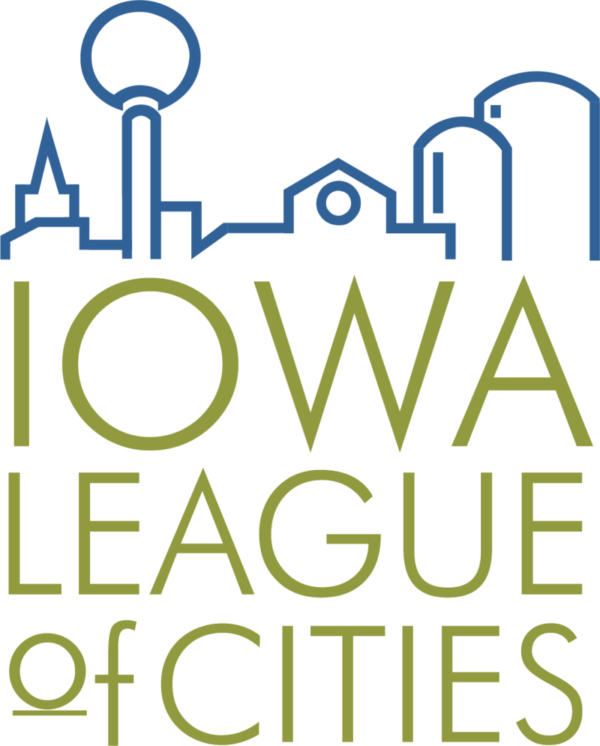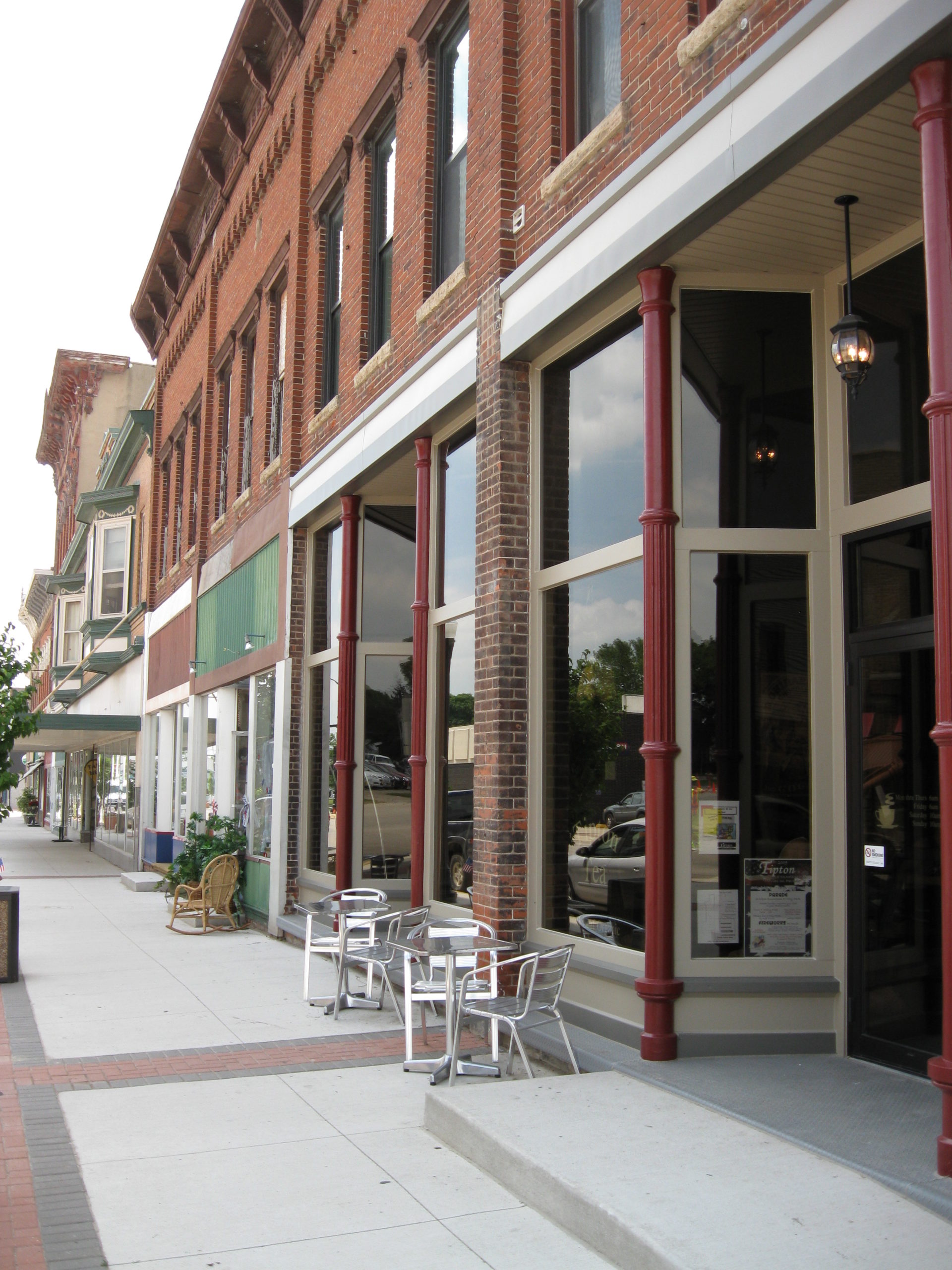Tax Increment Financing (TIF) is a tool cities can use to enhance a wide range of development efforts. After establishing a TIF district, cities can do a number of things, including public improvement projects, to encourage new development or to assist in redevelopment activities. While TIF can be useful in a variety of ways, city officials need to plan carefully when employing TIF to ensure it is being used in the best way possible. Consulting with the city attorney is also important as there are many steps to implementing and amending a TIF district.
Creating a TIF District
Chapter 403 of the Code of Iowa states that TIF districts must be located within an urban renewal area (for a full review of urban renewal, including how to create an urban renewal area, please visit the Urban Renewal resources page). The chapter recognizes that cities have slum and blight areas in their community, which can be dangerous, unhealthy, reduce tax bases and impede growth. It goes on to say that cities need tools to improve these areas, which could require them to acquire, rehabilitate or demolish buildings. The law also states that cities may create urban renewal areas to enhance economic development efforts, to assist in retaining and attracting businesses, and to perform public improvements for residential development. Cities also have the right to acquire property through the condemnation process.
With an urban renewal area established, a city can opt to create a TIF district by approving an ordinance. The ordinance must describe the territory of the district and be filed with the county. It is important to note that a TIF district or area and an urban renewal area are not the same thing. Often, a TIF area matches the geographic boundaries of the urban renewal area in which it resides. However, some urban renewal areas have a smaller TIF area within it or have multiple TIF areas, while others do not have a TIF area at all. Once an urban renewal area is designated as a slum, blight or economic development area, the area cannot be redesignated.
Cities are required to mail a copy of the proposed urban renewal plan and hold a consultation with the other affected taxing entities prior to approval (cities, counties and schools). If the proposed urban renewal plan or proposed urban renewal project within the urban renewal area includes the use of TIF dollars for a public building, then the city must include an analysis of alternative development options and funding for the urban renewal area or urban renewal project and the reasons such options would be less feasible than the proposed plan or project with the proposed plan notification. A copy of the analysis must also be included with the urban renewal report and filed by December 1 following adoption of the urban renewal plan or project. Public buildings include, but not limited to:
- administration building
- police station
- fire station
- library
- recreational building
- swimming pool
- hospital
- city hall
- other public building that is exempt from taxation, including the grounds of, and the erection, equipment, remodeling or reconstruction of, and additions or extensions to, such a building
Anti-Piracy Requirement
No TIF dollars can be used on an urban renewal project which includes the relocation of a commercial or industrial enterprise not presently located within the municipality, unless one of the following occurs:
- The local governing body of the municipality where the commercial or industrial enterprise is currently located and the local governing body of the municipality where the commercial or industrial enterprise is proposing to relocate have either entered into a written agreement concerning the relocation of the commercial or industrial enterprise or have entered into a written agreement concerning the general use of economic incentives to attract commercial or industrial development within those municipalities.
- The local governing body of the municipality where the commercial or industrial enterprise is proposing to relocate finds that the use of deposits into the special fund for an urban renewal project that includes such a relocation is in the public interest. A local governing body’s finding that an urban renewal project that includes a commercial or industrial enterprise relocation is in the public interest must include written verification from the commercial or industrial enterprise that the enterprise is actively considering moving all or a part of its operations to a location outside the state and a specific finding that such an out-of-state move would result in a significant reduction in either the enterprise’s total employment in the state or in the total amount of wages earned by employees of the enterprise in the state.
“Relocation” means the closure or substantial reduction of an enterprise’s existing operations in one area of the state and the initiation of substantially the same operation in the same county or a contiguous county in the state. Enterprises are not prohibited from expanding its operations in another area of the state provided that existing operations of a similar nature are not closed or substantially reduced.
Property Taxes in a TIF District
When a TIF district is established, the property values in the district at that time are determined, which is often referred to as the base valuation. For new plans, the base valuation of the property in the TIF district is the value of the property as of January 1 of the year before the year in which debt is first certified for the district. When amending a plan, the base valuation of the district is determined on January 1 of the calendar year before the effective date of the ordinance.
All of the taxes due on the base valuations are distributed to the various local taxing jurisdictions in the normal way. Only taxes generated on the improved value of the property, known as the increment, are retained by the authority implementing the TIF (such as a city) for investment within the area. The incremental value is the additional assessed value above the established base valuation. Any TIF funds remaining, after TIF project expenses are paid, must be returned for distribution to the other local taxing entities.
How TIF is Used
Using TIF gives a city the option to sell bonds (general obligation or revenue bonds, as detailed in Code Chapters 384 and 403) and raise the necessary money to pay for the needed improvements in an urban renewal area as described in the plan. As the properties in the area begin to grow and thrive, the city is able to access most of the new tax revenue to pay off the debt initially incurred to finance the improvement projects.
TIF is typically used by cities to fund public improvement projects in conjunction with developing or redeveloping different parts of a city. This may include upgrading areas of the city suffering from slum and blight, helping residential development efforts, and enhancing economic development activities. Depending on the size of the project, cities may need to incur debt to finance an improvement, such as installing infrastructure. The city would then use the increment property tax revenue to make their debt payments. Cities must hold a public hearing prior to approving an urban renewal project within an urban renewal area.
When contemplating whether to sell bonds, city officials should first consult with their city attorney as well as bond attorneys in order to meet the many legal requirements of such activity.
TIF Filings and Reports
Depending on the city and scope of their use of TIF and any associated debt, there can be a variety of required reports and filings. The most common is the TIF Indebtedness Certification and the Annual Urban Renewal Report, which are both due December 1. More information about these and other reports and filings can be found on the TIF Filings and Reports page.






